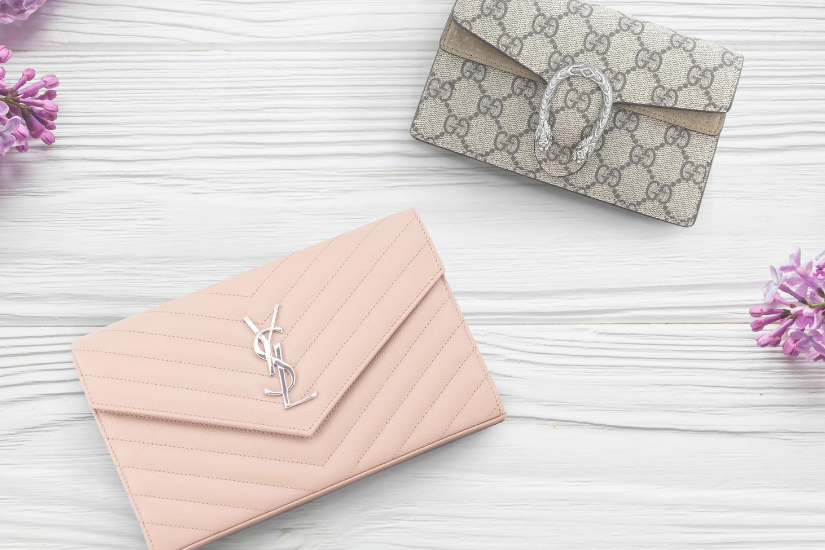Every year, Fashion Week hits like a financial year-end sale on sequins. Cameras flash, models glide, and the front-row crowd pretends to understand why someone is wearing a dress made entirely of recycled coffee pods.
But behind the glitter is a familiar rhythm. Just as designers roll out their new “season,” markets do too. Hemlines rise and fall, just like interest rates. Trends get bold, then safe, then bold again. And just like that jacket you swore was timeless in 2012, some investments age better than others.
As a financial adviser, I’ve learned that money has its own fashion cycle, complete with hype, heartbreak, and the occasional wardrobe malfunction. If fashion is art you can wear, the financial markets are emotion you can measure. Both move in cycles, driven by confidence, fear, and a bit of FOMO.
1. The Boom — Statement Season
You know that moment when every designer suddenly decides colour is back? The economy feels the same during a boom. Confidence is high, sequins are everywhere, and investors start saying things like, “It’s different this time.” Spoiler: it’s not. When markets boom, people splash out. But like any “limited edition” trend, the sparkle can fade faster than you can say crypto.
2. The Recession — Minimalist Chic
Then comes the inevitable shift to beige. In finance, it’s the same energy where consumers pull back, risk goes out of style, and everyone suddenly becomes obsessed with saving. It’s not glamorous, but it’s necessary, because just like a capsule wardrobe, a pared-back portfolio can get you through almost anything.
3. The Recovery — Experimental Hybrids
Post-recession, creativity bounces back. Fashion blends comfort with courage (sneakers with a suit anyone?) Investors start tiptoeing back onto the financial catwalk, mixing traditional assets with something new. It’s that wonderful in-between phase where optimism returns, but lessons still linger.
4. The Sustainability Trend — Conscious Investing
In both fashion and finance, sustainability isn’t just a buzzword. Consumers want transparency, durability, and impact. The same goes for investors who now look for ESG funds and long-term ethical growth. After all, nothing says “on trend” like caring where your money (or your fabric) comes from.
The biggest mistake in both wardrobes and portfolios thought is chasing trends.
That microbag that barely fits your phone? The meme stock that everyone is buying? Both are fun at the time, but eventually you’re left wondering where all your space (and savings) went.
Markets and fashion both reward patience, quality and sticking to a dedicated strategy. The most successful aren’t the ones changing every season. They’re the ones refining, editing, and building on what works. Slow and steady really does win.
Your Runway Rules for Money Confidence
Here are three golden runway rules to keep your financial look polished year-round:
1. Invest in Timeless Pieces
Build your core with diversified, long-term assets. Trends may change, but good structure never dates. If you want some general pointers on investing in the stock market, check out our helpful guide on Investing In The Stock Market.
2. Edit Each Season
Review your financial plan regularly. Life changes (promotions, babies, pandemics) and your financial plan should adjust too. A quarterly “money edit” keeps things fresh and stops clutter from creeping into your finances.
3. Tailor Your Fit
One size fits no one. Not in jeans, not in investing. A personalised strategy will always sit better than something off the rack. Align your portfolio with your goals, time frame, and comfort level. That’s where professional advice makes the difference between good enough and made for you.
The Bespoke Tailor of Financial Planning
At What If Advice + Accounting, we see ourselves as the bespoke tailors of financial planning. You bring the fabric (your goals, your income, your ambitions) and we craft the fit that makes you look and feel confident.
Financial planning isn’t about chasing trends; it’s about creating something that lasts decades, not seasons. The kind that sees you through career changes, kids, and that spontaneous decision to finally start your own business.
If you’d like to build your own investment wardrobe, book a chat. We’ll help you find a fit that flatters your future. If you would like to learn more about money confidence MoneySmart has some great free resources available to get you started.




















